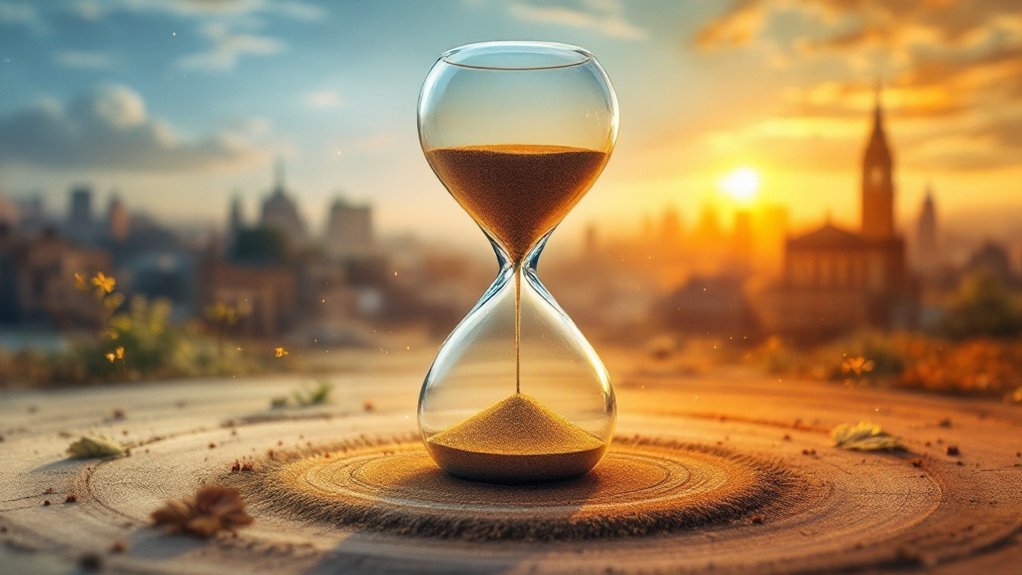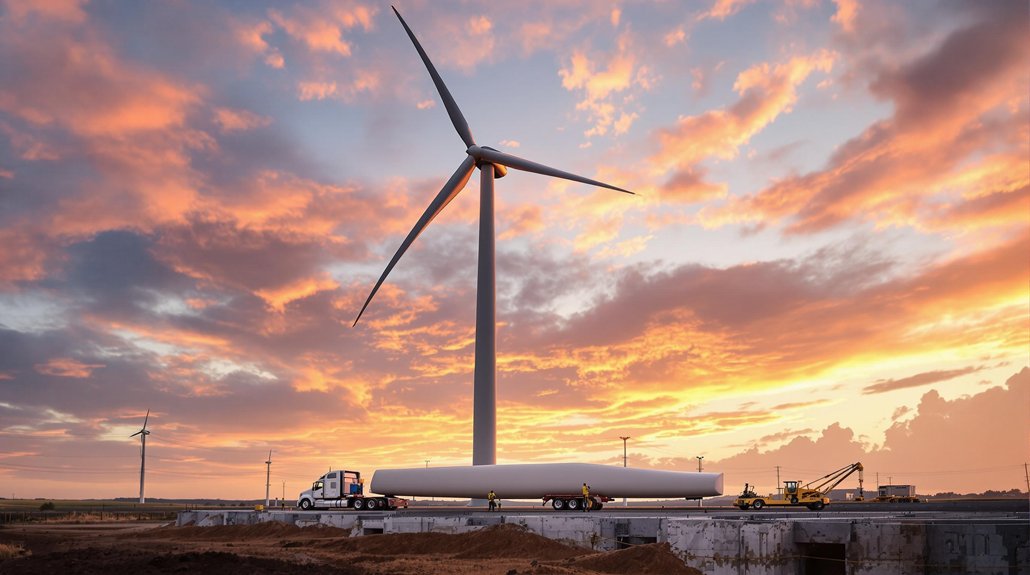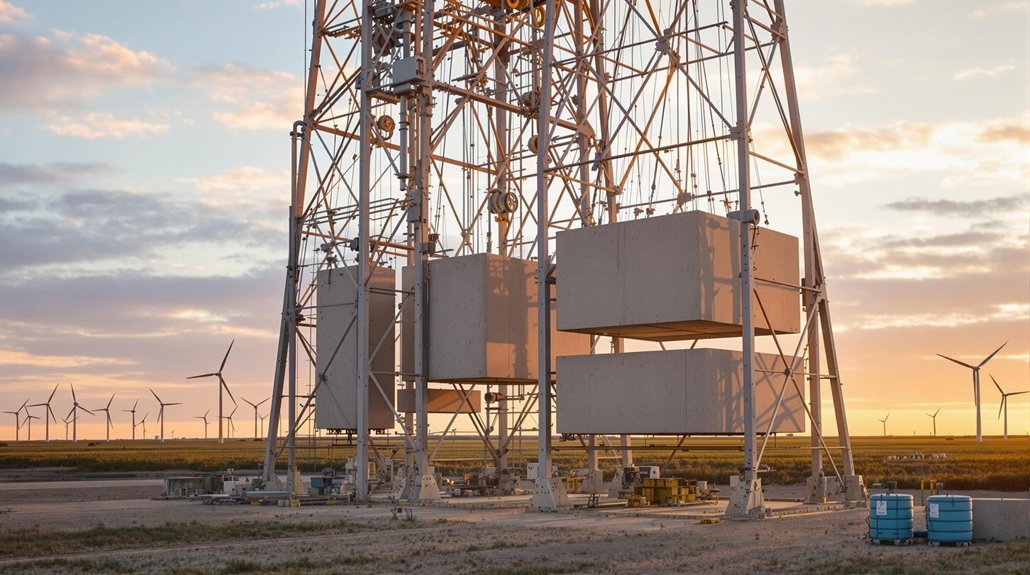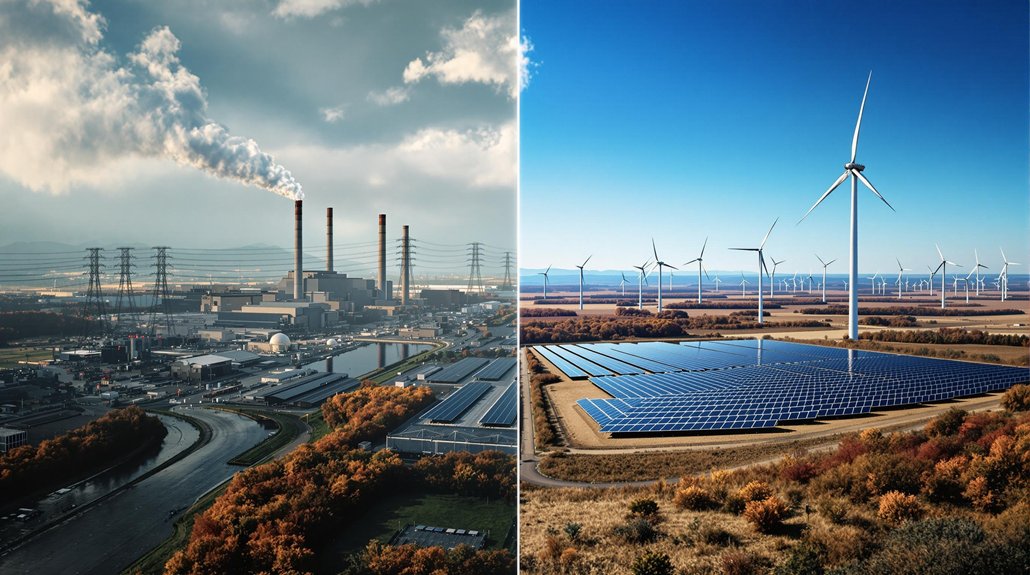A generation typically spans 20-30 years, marking the average time between consecutive generations in human populations. This timespan varies globally: Western Europe averages 29-30 years, the United States 25-26 years, and Sub-Saharan Africa 19-20 years. Cultural norms, economic conditions, healthcare access, and age at first reproduction all influence generation length. Recent trends show generation spans increasing in developed countries due to delayed childbearing. The full picture reveals fascinating regional and historical patterns.

When people talk about a “generation,” they’re often referring to a specific span of years, but how long is that span exactly? Scientists define generation length as the average time between two consecutive generations in a population. This timespan typically ranges from 20 to 30 years in human populations, though it varies widely based on factors like culture, biology, and environment.
Throughout history, generation lengths have shifted. In Ancient Rome, a generation spanned about 25-30 years. Medieval England saw longer generations of 30-35 years. During Colonial America, the span shortened to 20-25 years. The Industrial Revolution period returned to 25-30 years, while the 20th century Western world generally used 20-25 years.
Generation lengths have ebbed and flowed through time, reflecting each era’s unique cultural and economic realities.
Several key factors affect how long a generation lasts. Age at first reproduction plays a major role, as does overall lifespan and mortality rates. Cultural norms around family planning, economic conditions, and access to healthcare and contraception all influence when people have children. Demographers can calculate precise generation times using a formula that considers the age at reproduction and survival rates of a specific cohort.
Scientists use various methods to estimate generation length. These include analyzing genealogical records, demographic modeling, genetic mutation rate studies, archaeological evidence, and observations of modern populations.
Today’s generation lengths differ by region. Western Europe has relatively long generations at 29-30 years. The United States averages 25-26 years. Sub-Saharan Africa has shorter generations at 19-20 years. East Asia averages 26-28 years, while Latin America ranges from 22-24 years.
Generation length matters in genetics and evolution. It helps scientists calibrate molecular clocks, estimate when species diverged, and understand population dynamics. Research organizations like the Pew Research Center use generational cohorts to analyze changes in views over time and track how perspectives evolve across different age groups.
Current trends show generation lengths increasing in developed countries as people delay having children. In developing nations, improved healthcare has sometimes shortened generations. Societal shifts like increased education for women and advancements in reproductive medicine continue to shape generation lengths worldwide.
Frequently Asked Questions
How Do Generational Divides Impact Workplace Dynamics?
Generational divides create significant workplace challenges.
Baby Boomers favor face-to-face meetings while Gen Z prefers digital communication.
Work-life balance expectations differ drastically, with older generations prioritizing office presence and younger workers seeking flexibility.
Technology adoption varies widely, causing collaboration hurdles.
Leadership styles clash as Baby Boomers respect hierarchy while younger generations expect transparency.
These differences often lead to misunderstandings, reduced productivity, and workplace tension.
Can Generations Overlap Between Family Members?
Generations can certainly overlap within families. This happens when there are large age gaps between siblings or when people have children at different ages.
A great-aunt might be younger than her great-niece. Cousins can sometimes differ in age by decades. Step-siblings often belong to different generational groups.
This overlap creates unique family dynamics where relatives of different technical generations share similar cultural experiences and references.
Do Generational Traits Vary Across Different Cultures?
Generational traits do vary across cultures considerably. Research shows that historical events, economic conditions, and cultural values shape each generation differently.
For example, respect for elders is more important in Eastern cultures than in Western ones. While technology connects younger generations globally, their priorities still differ based on local influences.
Globalization has created some shared experiences, but cultural differences remain a major factor in how generations develop.
How Do Historians Categorize Generations Before Recorded History?
Historians categorize pre-historic generations using archaeological evidence. They examine tool changes, pottery styles, and burial practices to identify distinct time periods.
Carbon dating of organic materials helps establish timelines. Scientists also study environmental markers like ice cores and tree rings.
DNA analysis tracks genetic changes across populations. By combining these methods, researchers can estimate generational spans of roughly 20-30 years even without written records.
What Causes Generational Shifts to Accelerate or Slow Down?
Generational shifts accelerate during major historical events and rapid technological changes.
The digital revolution created clear divides between age groups. Economic disruptions like the 2008 recession shaped Millennials’ financial outlook. Social movements can speed up attitude changes across generations.
Conversely, periods of stability tend to slow generational differences. The COVID-19 pandemic has recently accelerated shifts in work priorities and digital adoption.









